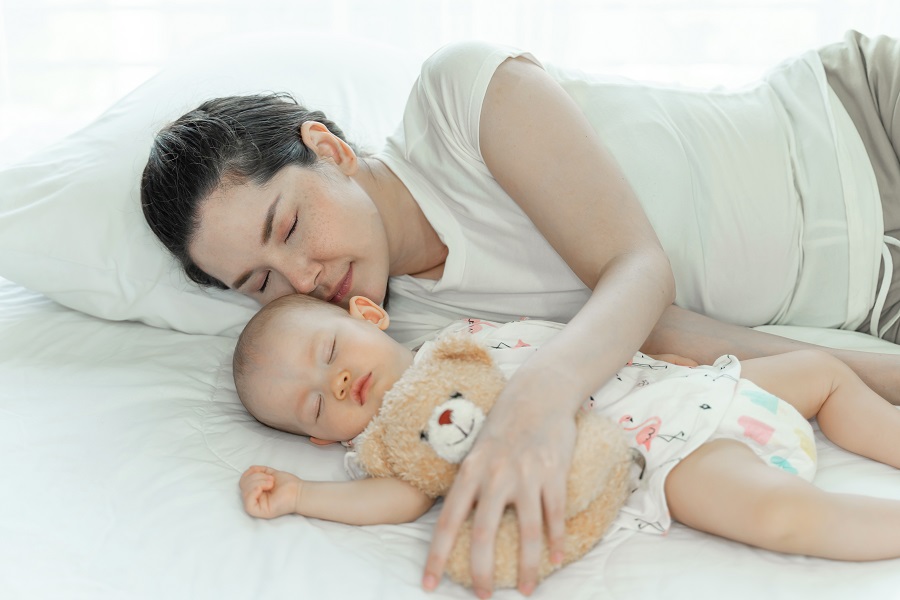The subject of baby sleep is laden with conflicting advice and opinions. So just how do you decide who to listen to?
Deciding where and how you put your baby to sleep can seem like a terrifyingly trap-laden prospect. You’ll read rules about night wear and room temperature, type of mattress and covers.
Many such recommendations stem from research into sudden infant death syndrome and in certain countries health professionals can only advocate conditions that are borne of such studies. Whether you follow the prescribed route or make your own way in the sleeping scene is up to you.
Our parents and grandparents had different practices, just like parents around the world today. Take your baby’s first bed. Do you opt for a Moses basket, a crib, or bassinet? And should it be attached to your mattress, within arm’s reach, on the bed, or in another room?
The right answer depends on where you live. Side-by-side futons are popular in Japan. In Central and South America and in the Pacific, babies sleep in hammocks: the cocoon of fabric feels comforting, allows air to circulate, and keeps the baby safely facing upward; and as she shifts in her sleep, the baby sets up a rocking motion that lulls her through periods of waking.
Some neonatal intensive care units (NICUs) have even adapted hammocks for these reasons. Swaddling babies for sleep is routine practice across former Soviet countries, South America, and the Middle East, whereas strapping babies to cradleboards is common among Native Americans for its similarly soothing effects. Does your baby share your bed? Join the gang.
A study found that up to 71 percent of parents and babies across the globe sleep body-to-body. Some, though, consider this a bridge too far, since retiring to your own bed is one of the few opportunities parents get to have a moment of privacy. Furthermore co-sleeping comes with cautions—bedding might smother or overheat the baby, a tipsy mom or dad could roll on top of her, or she might get wedged between bed and wall.
But in many countries, including Japan and China, co-sleeping is normal practice, and it continues until babies are big wiggly children, even teenagers.
Proponents of co-sleeping believe that it helps babies feel secure, in turn promoting confidence and independence as they grow.
In fact, it is considered bad parenting to not sleep with a child, or to expect privacy in bed. The Japanese refer to it as river-sleeping—the parents forming the safe banks with the baby shifting between.
Advocates of co-sleeping have produced data showing that in countries where this is the norm, the rate of sudden infant death syndrome is among the lowest in the industrialized world, possibly because sleeping together is thought to help babies regulate their temperature better, and that the sound of an adult’s breathing and movement of a mother’s chest encourage similar healthy patterns in infants.
However, don’t worry—or feel guilty!—if you fall into the large category of parents who simply can’t countenance the idea of sharing a bed with their baby each night.

For many parents, moving a baby into a crib in a separate room is a milestone that represents the beginning of a return to autonomy. With their baby safely in the nursery, parents can extend bedtime (co-sleeping means never leaving an infant alone in bed), there’s no need to be entirely sober, and adult activities can return to the parental bed—even if reading with the light on beats the thought of sex.
Many modern parents like to be independent of their children at night, believing it promotes independence, and that by coddling babies they will become clingy and unable to manage alone. How often your society expects a baby to rest, nap, and be stimulated can affect sleep patterns.




















